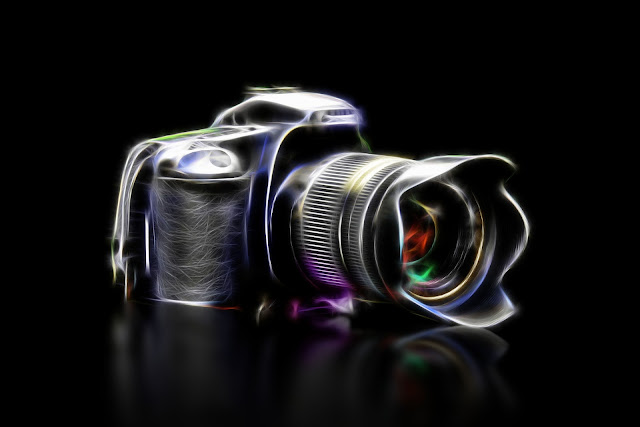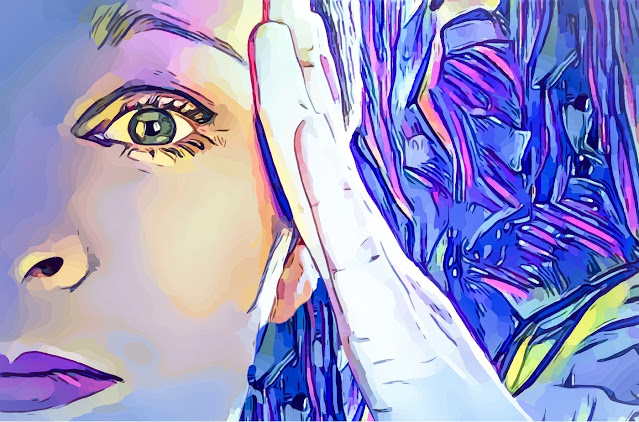It’s artistically present, but mostly taken for granted.
It leaves a mark, but usually left with much disregard.
As technology grows, digitally it becomes, but no pencil to behold.
It hasn’t disappeared, but it has transformed in new ways to be known.
The Most Common Art
The activity of drawing flows through the fabric of our global societies, where men and women outline their ideas and thoughts for what’s to come.
It goes anywhere that man goes.
Through the daily affairs of man, it travels as a loyal companion. It never quivers as to where it’s going to go. There’s no task either small or too big for it to say no.
It’s found in the home, in schools, at local stores and every professional field that man has, so it’s always ready to go. Thus, it contributes in every shape and form.
Drawing has always laid the foundation for much creativity to come, thus widely used and known through the arts.
Since the early beginnings of man to modern buzzing times, it has been a way for man to resonate his ideas through time in many artistic ways.
Methods of Drawing
The freedom of man’s hands has two ways in drawing forms:
1. Sketching – It’s a rapid drawing in a crude form based on one’s ideas.
2. Drawing – It’s a detailed picture of one’s intention or observations.
It’s overall a method of using one’s fingers to sketch or draw, but in certain situations they use their mouth and feet for those who can’t.
If one wants to lay one’s basic ideas on paper, one quickly sketches by drawing just enough details to know what it is, but not in full form. It can help one sort out ideas and concepts in one's mind in order to gain a greater understanding of what one is trying to resolve. Some potential ideas that one intends to apply in the real world come quite handy when one can visualize them in physical form by sketching.
The more details one draws on paper, the closer one comes to actually drawing, and sketching stops forevermore. Sketching and drawing are the same thing, but their meanings separate them by the degree of details that they both embrace.
In seeking to draw in full artistic form, it requires one to observe and draw things as they are seen in the physical world at that very moment. It requires the practice to see and draw what’s actually there without much alteration and adding as many details as possible to your drawing.
When drawing, one should try to envision mentally different ways one could approach that final drawing by contrasting your ideas to what you’re seeing in front of you. It requires patience, but drawing will become natural for you as times goes by with much practice.
Also, the practice of drawing in great detail helps increase one’s awareness of the surrounding environment to a greater degree by building some sort of “eye” for things. The more aware you are, the more artistic you’ll be, so draw as you please.
If you’re experiencing any form of negative emotions, one is welcome to try to release them on paper through drawing. It might assist in alleviating such emotions to some degree based on how much you drawing you do to keep your mind away from unwanted lingering thoughts.
Aside from the above, while sketching or drawing, keep in mind that it's an art.
It means that art always carries some sort of message based on an idea that you intend to pass on to the viewer, whether that’s you or someone else.
If you’re drawing for the sake of details, just draw as you see and pass on the message.
If just sketching, sketch as you please.
Coloration Options
In drawing, coloration comes in twofold:
1. Black & White.
2. General Colors.
The black and white drawings are a traditional artistic style used for many centuries.
If ones consider man’s overall history, one could see that humanity has gone through various phases, which has reflected in how this art has evolved.
As technology gradually developed through the times while resources became generally more available to others around the world, the usage of general colors became more prominent as part of drawing in recent times. Then, color options greatly increased.
The drawing approach chosen for coloring ones’ drawings come down to personal taste or goals on what one intends to create.
Tonality of Colors
Some of the essential features that forms any drawing comes from two factors:
1. Shading – It’s a method of adding a variation of color of a certain shade on a drawing, including the arrangement of shadows on that picture.
2. Blending – This is a tool that one uses to spread the original drawing marks to soften its looks. The shading can allow one to create a very realistic drawing based on how one arranges the shadows and highlights on the picture.
The blending instrument contributes even further in providing a more realistic picture by softening and controlling the quality of color that’s being applied.
By using these two tonal elements, it can help you place the finishing touches that you need in order to make your drawings as realistic as possible.
Drawing Essentials
These are the basic drawing materials that you’ll need to get yourself started:
Pencils – Get high quality standard pencils. They come in different styles and grades. Some of these pencils produce a softer or darker mark based on the quality.
Color Pencils – The options for color pencils that are available nowadays is quite remarkable. You can get a medium or large size kit to help you diversify your color options.
Paper – There are two things you’ll need for paper, a sketchbook and drawing paper. It comes down to preference, but drawing paper comes in different thicknesses, and you can determine what works for you. Ideally, get the paper to be acid free, so it last a long time.
Erasers– There are various options of erasers. Get the standard eraser for your usual erasing needs, including making a mark with them. If suitable for you, you can get the kneaded eraser to help lift marks off the page without using friction.
Pencil Sharpener– You can get the usual manual pencil sharpener, but if you find yourself producing a lot of drawings, it might be a good idea to get an electric pencil sharpener.
Charcoal – It provides a broader spectrum of drawing markings than what a regular pencil could do.
Drawing Pens – These are great to produce strong, sharp lines or highlight any points of your drawings.
Blending Stump – This implement helps blend in any marks that you have already made on your drawing to soften up any features.
Storage Unit for Supplies – It’s handy having a storage space for all your drawing supplies, so it’s all organized and easily accessible anytime you need it.
These are the basic supplies you’ll need to get rolling in this artistic field.
The Future of Drawing
This is a heartfelt invitation to the new, intermediate or professional drawers amongst this world to help keep the torch lid in keeping this traditional art alive.
Thus, drawing could continue to thrive through these evolving times.
It’ll go anywhere man goes, even if, it evolves.
It’s there for the future to behold.
Let drawing be so.
Written by,













You have given essential data for us. about business pens It is excellent and good for everyone. Keep posting always. I am very thankful to you.
ReplyDeleteThank you for your feedback. It's greatly appreciated. Good to know it was helpful.
DeleteI admire this article for the well-researched content and excellent wording. I got so involved in this material that I couldn’t stop reading. I am impressed with your work and skill. Thank you so much.Adobe Sign Vs DocuSign
ReplyDeleteYour blog contains lots of valuable data. It is a factual and beneficial article for us. Thankful to you for sharing an article like this.Portrait Tattoo Artist San Antonio
ReplyDelete